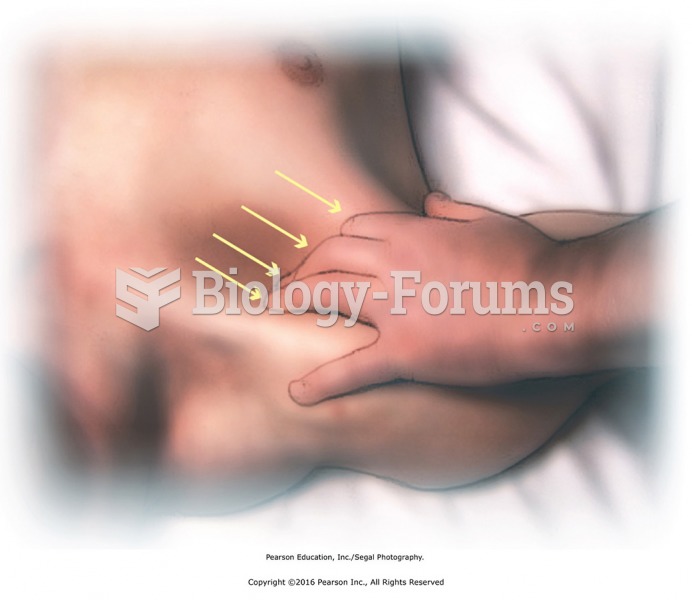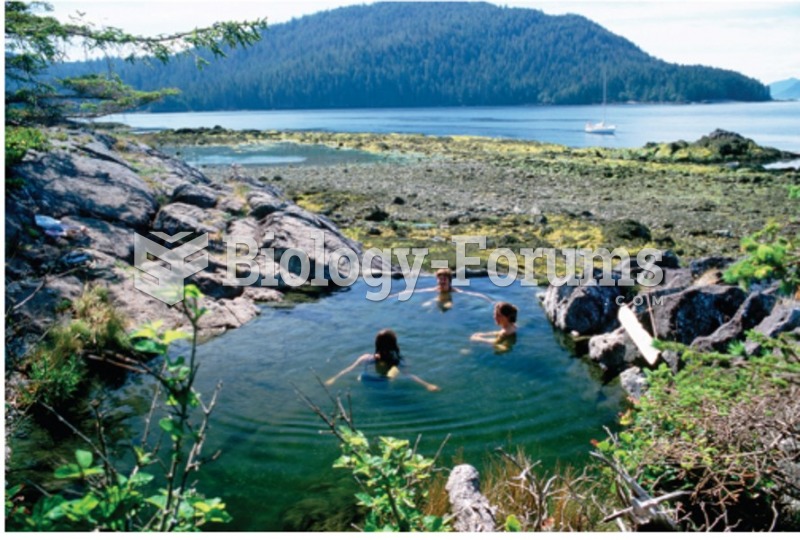Answer to Question 1
Conflict theorists acknowledge that government serves a number of important purposes
in society, but they argue that government exists for the benefit of wealthy or politically
powerful people in society. According to the elite model, power in political systems is
concentrated in the hands of a small group of elites, and the masses are relatively
powerless. Contemporary elite models are based on the assumption that decisions are
made by the elites, who agree on the basic values and goals of society without
consideration for the concerns of the masses. According to this approach, power is
highly concentrated at the top of a pyramid-shaped social hierarchy, and public policy
reflects the values and preferences of the elite, not the preferences of the people. C.
Wright Mills applied the term power elite to describe the leaders at the top of
business, the executive branch of the federal government, and the military. Mills
believed that the corporate rich (the highest paid officers of the biggest corporations)
were the most powerful because of their unique ability to parlay the vast economic
resources at their disposal into political power. At the middle level of the pyramid, Mills
placed the legislative branch of government, special interest groups, and local opinion
leaders. The bottom (and widest layer) of the pyramid is occupied by the unorganized
masses, who are relatively powerless and are vulnerable to economic and political
exploitation. Similarly, G. William Domhoff applied the term ruling class to the
corporate rich, who constitute less than 1 percent of the U.S. population. The ruling
class refers to a relatively fixed group of privileged people who wield power sufficient
to constrain political processes and serve underlying capitalist interests. Domhoff
suggests that the corporate rich influence the political process in three ways: (1) They
affect the candidate selection process by helping to finance campaigns and providing
favors to political candidates. (2) Through participation in the special interest process,
the corporate rich are able to obtain favors, tax breaks, and favorable regulatory
rulings. (3) The corporate rich gain access to the policy-making process through their
appointments to governmental advisory committees, presidential commissions, and
other governmental positions.
Answer to Question 2
d







